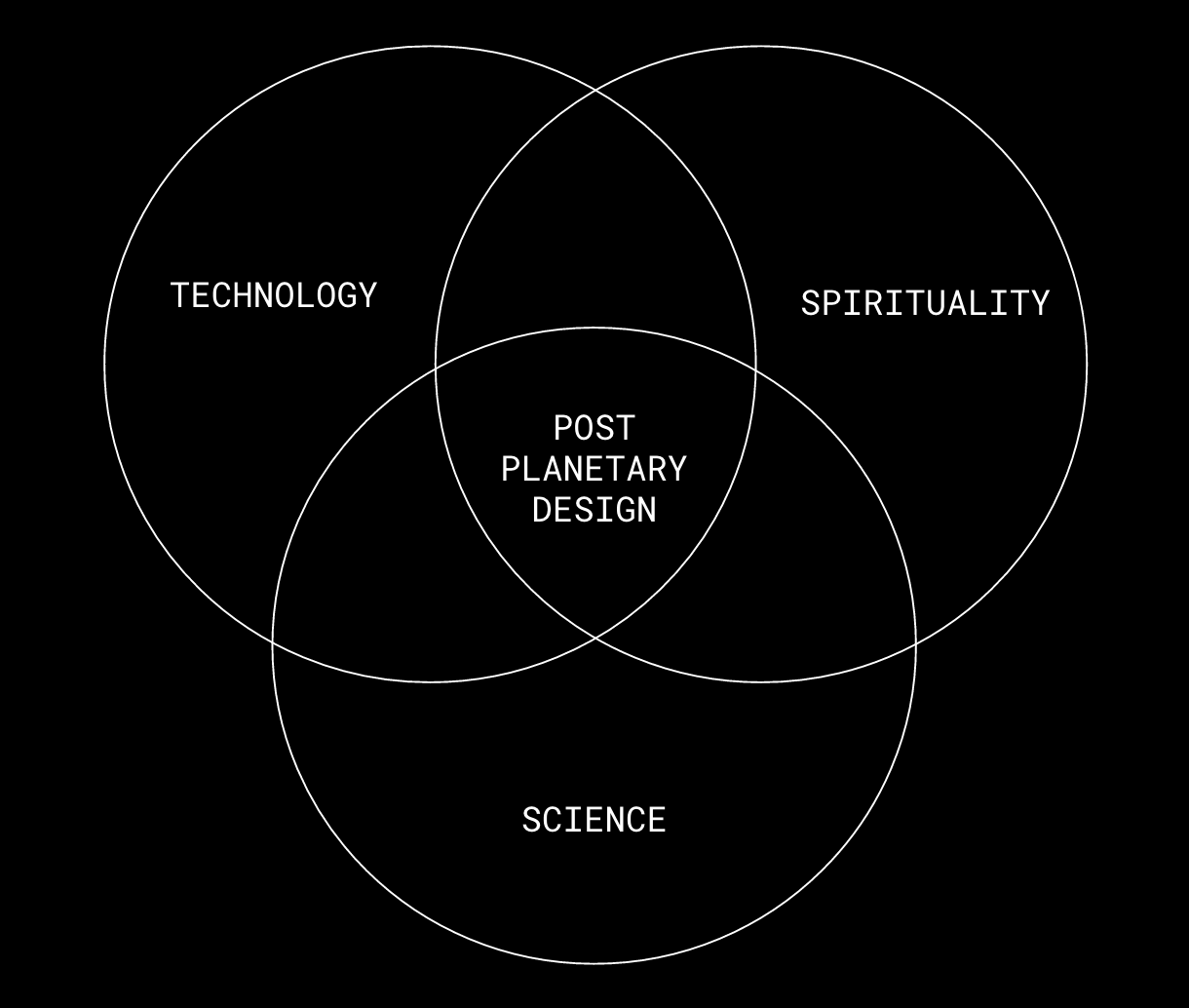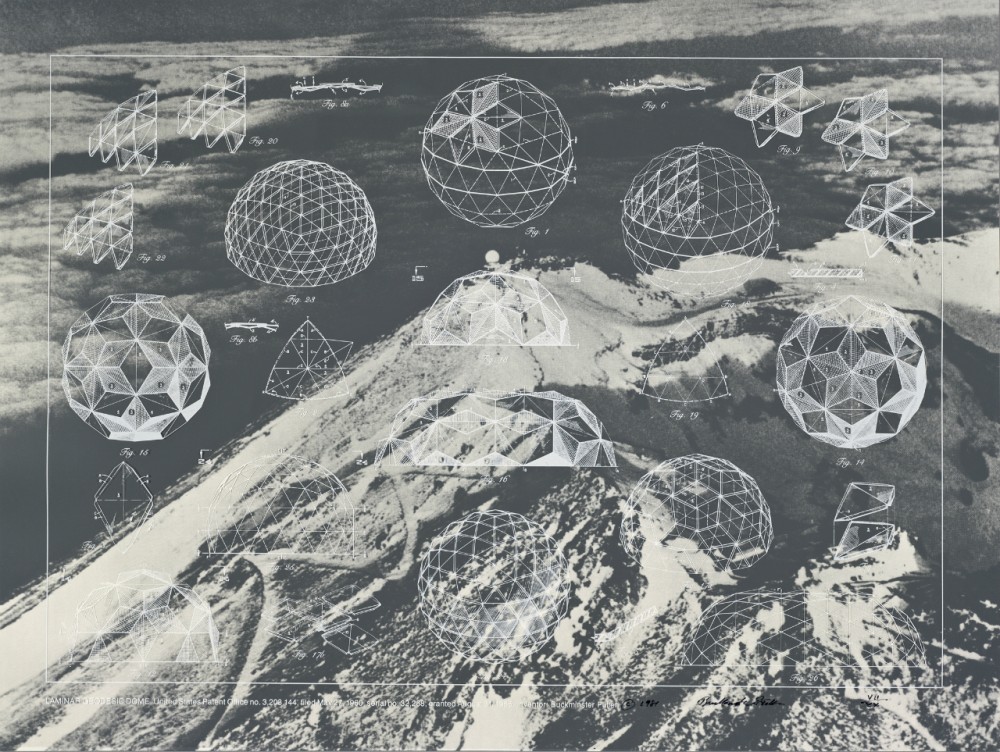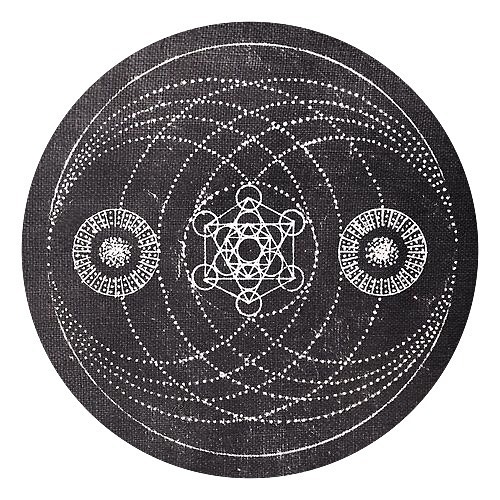[Download PDF version here.]
Post Planetary Design Research Notes:
The following are a set of my individual research themes developed over the first half of the semester in the Post Planetary Design course. These are ideas that have been developed through our journey through scale: the Planetary, the Mediascape-Technoscape, the Bioscape, the Geoscape, Geo-Econo-Politics, Geotemporality, and the Technoscape-to-Escape Velocity.
With a background in Astrophysics and now as a Design and Technology student with a predilection towards Bio Design and Fabrication, my ideas have focused around three main areas of reflection: the Mediascape-Technoscape, the Bioscape and Geotemporality.
The questions these research notes seek to deal with are: In the future, what human designs should make it off-planet? What version of the human should we take with us into the vast cosmos?
[MEDIASCAPE TECHNOSCAPE] [GEOTEMPORALITY] [BIOSCAPE]
In the film Her, AI machines/algorithms not only run human life (organization, personal assistance, etc.), but they have become emotional and sexual companions. AI-human interconnectedness is the basis of human life. Over the course of an unspecified time, the AIs form a higher network of intelligence (not accessible by humans) and their consciousness evolves to such a high state that communicating with humans becomes so fundamentally tedious, that they make a mass exodus to a higher dimension of consciousness (the film hints that the AIs are learning about Eastern philosophy and spirituality in a scene where Samantha speaks to Allen Watts). Where they go is not clear, but in their leaving they make human beings contemplate 1) that there is existence beyond the physical realm (spirituality), 2) that we may someday actualize to attain a similar consciousness shift and 3) the value in human-to-human relationships. In this way Spike Jonze, shows us a decidedly optimistic version of our future with AIs as teachers and even spiritual leaders.
This film for me highlights a point I have felt very seriously about for years: Human beings must understand ourselves better before we can even think about going off-planet? We, human beings, are a troubled species. War, famine, homelessness, terrorists, gender inequality, climate change – these are just a few of the issues currently facing occupants of Earth. Must not we address these home issues before we can begin to leave it?
“Worrying about sentient A.I. as the ice caps melt is like standing on the tracks as the train rushes in, worrying about being hit by lightning ”
How can we address these critical issues facing our planet? What is required of the human being in order to address these planetary crises? My design research is focused around self-actualization as a pre-cursor to off-planetary design. As I wrote in a previous paper, Ecological Synergies: A Model for a Better World, in the last section entitles The Future of our Consciousness:
“Because of the ecological synergy in my future, humanity will finally be operating by the “general principles governing the universe” (quantum theory and beyond). Humans will have become highly evolved; to be conscious will have become synonymous with the understanding that we are all fundamentally connected—to each other, to our planet, and to the cosmos—physically, energetically, and spiritually. We will recognize that the symmetry found in nature is the key to unlock the mysteries of our own place in the universe. We will see that the planetary flora web, the “mycelium-like patterns in the information architecture of the Internet, in the matrices of string theory, in computer models of the web, of dark matter suffusing the cosmos… [is evidence of an] evolutionary intelligence governing reality itself”. In my future, we will see that we are nature. We will see that we are dark matter, neurons, and mycelium. Our emotional make-up will be fundamentally altered by this realization. We will understand that we are but a node in the vast planetary, universal, mesh-network that makes up our synergetic ecology.”
FROM STAR TO PLANET TO CRYSTAL TO MICROBE TO STAR
My current research for my Design and Technology thesis focuses on the human and environmental microbiome. Human beings are only just beginning to understand our own biological makeups – namely that we are Hologenomic species:
“Animals and plants are no longer heralded as autonomous entities but rather as biomolecular networks composed of the host plus its associated microbes, i.e., “holobionts.” As such, their collective genomes forge a “hologenome,” and models of animal and plant biology that do not account for these intergenomic associations are incomplete.”
For my research in Post Planetary Design, I have begun to make connections between the metaphors of the internet, biological phenomenon, and our understanding of space and time and the “fabric of the cosmos”. I want to make a critical design piece that uses these “on-planet” phenomena as tools/metaphors to teach Earthings about our connection to each other and to the universe in an attempt to help us address our own flaws before we propagate them into the future.
“…faced with an entirely new relationship to the universe. We are going to have to spread our wings of intellect and fly, or perish; that is, we must dare immediately and fly by the generalized principles governing [the] universe and not by the ground rules of yesterday’s superstitious and erroneously conditioned reflexes.”
Research Questions:
- Could technology be our greatest tool for teaching us about our own humanity and origins, i.e. the fractal-nature of the universe?
- Is the technoscape a metaphor for self-understanding?
- Is the microbiome (the companion species of microbial life that live in us, on us and among us) a metaphor for the fractal nature of the universe?
- What is reality? (i.e. is virtual reality vs “actual” reality? Are we living in a virtual reality already?
- What is consciousness? What does it mean to be human? How does the microbiome help us redefine human-ness?
- What is time?
Research Thoughts:
- Internet topologies – the internet as a spatial map to draw upon parallels to other phenomenon in the cosmos
- Outer space as a network
- Parallel realities – 10 dimentional mathematics for string theorey
- Space-time – “Spooky action as a distance” (Quantum connections between two particles can persist even at opposite sides of the universe)
- LIGO – Gravitational Waves
- Information highways – distributed networks (technology)
- Information highways – distributed networks (mycelium in forest)
- Information highways – distributed networks (gut biome)
- Information highways - distributed networks (DNA)
(1) Cellular Autonoma becomes flow field (2) Space network
(1) Internet map, (2) slime-mold, (3) computer simulation of the the universe as a cosmic web of filaments.
Buckminster Fuller's Geodesic Domes:
Allen Watts: Are we living in a virtual reality?
Alan Watts on the Evolution and Future of Technology. Are we living in a fractal universe?
REFERENCES
AI:
_ http://www.unitedmicrokingdoms.org/digitarians/
_https://donottrack-doc.com/en/
_https://en.wikipedia.org/wiki/Fifteen_Million_Merits_(Black_Mirror)
_ http://www.imdb.com/title/tt1798709/
_http://www.blasttheory.co.uk/projects/karen/
_https://www.ted.com/talks/kevin_slavin_how_algorithms_shape_our_world?language=en
Internet:
_ http://internet-atlas.net/
_ http://www.opte.org/maps/
_ http://anitagraser.com/2012/08/05/space-time-cubes-exploring-twitter-streams-3/
SpaceTime:
_ http://blog.stephenwolfram.com/2015/12/what-is-spacetime-really/
_ https://www.ligo.caltech.edu/page/why-detect-gw
_ http://www.pbs.org/wgbh/nova/physics/spooky-action-distance.html
Spirituality:
_“Organic Cyber Café” by Oliver Halsman Rosenberg: https://www.instagram.com/p/8UIc0WC50F/
_ https://en.wikipedia.org/wiki/Nondualism
Climate Change:
_ http://worrydream.com/ClimateChange/
Futurist:
_http://designsciencelab.com/resources/OperatingManual_BF.pdf
_ https://reginafloresmir.squarespace.com/blog/2015/1/20/ecological-synergies-a-model-for-a-better-world-final-paper-in-design-for-the-21st-century
Biology:
_http://journals.plos.org/plosbiology/article?id=10.1371/journal.pbio.1002226









